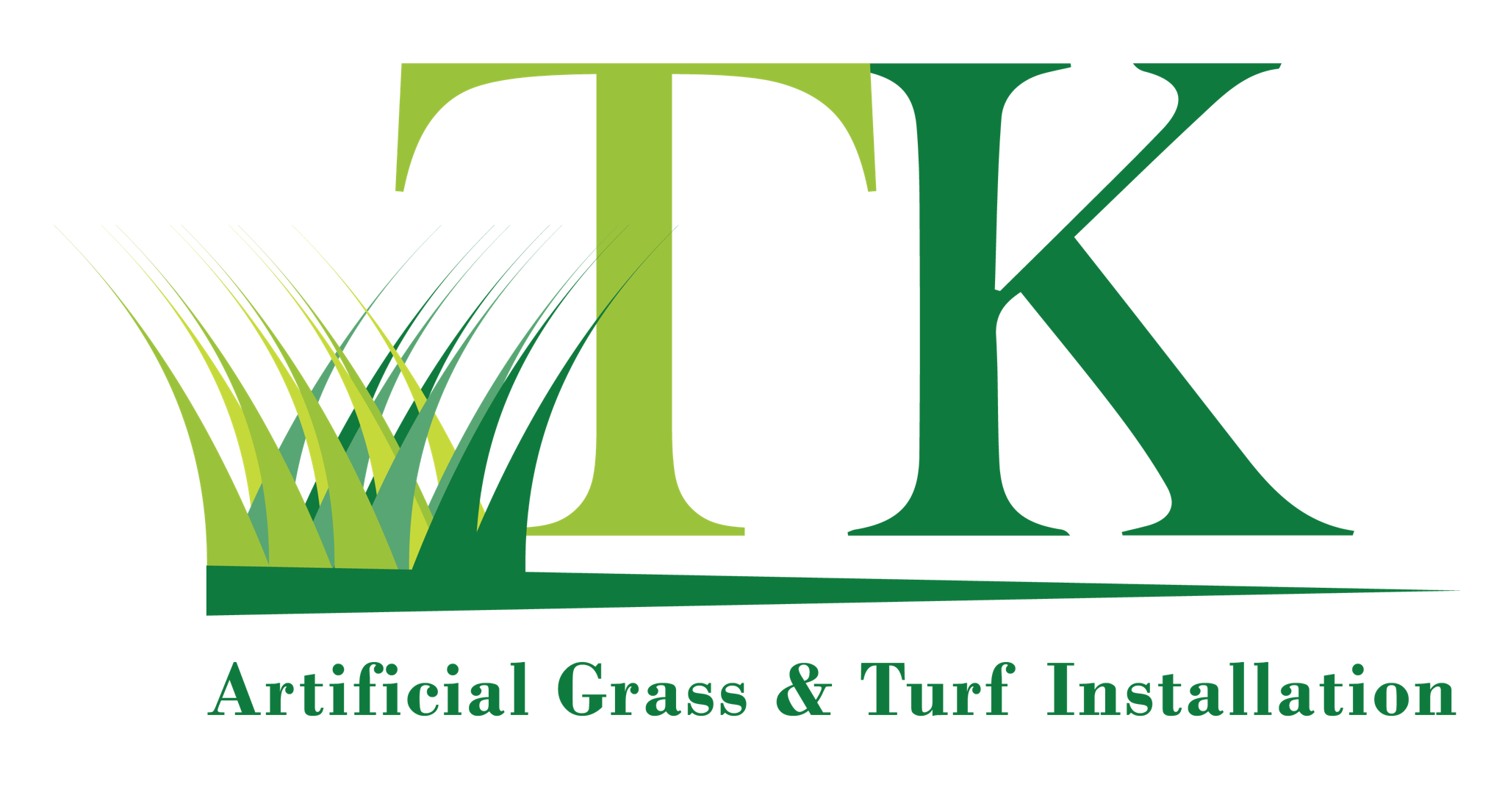When most people think of a putting green, they tend to think of a lush green that looks like
something out of a children’s Disney movie. For a nominal fee these places are usually reserved for
professional golfers who play twice a week or more. While it is true that there are some really
beautiful putters and clubs on the market today that can give you the look of a green house, a
putting green should be more than just a nice walk-way to the golf hole. Properly built, it is an
essential part of a golf course's structure.
A putting green is designed for two functions: (a) to allow the golfer to put the ball into the hole with a
minimum of difficulty and (b) to allow the player to practice his or her putting skills. Recently,
however, there s also a 14,500-square-foot professional putting green, along with a second short
game area, on the Internet. If you have a small personal driving range and want to try your hand at
driving, you will need to use either a turf or a soft slate driveway. In either case, the first rule is
always: no running.
The second rule is also in place on any other type of golf course. Do not run on a golf course! The
only exception would be if you have purchased and use an artificial turf that looks like grass, but is
not actually grass. That is why backyard turf is not allowed on most public driving ranges, but that
exception is seldom applied to putting greens, where driving on one of these surfaces is acceptable
after a brief introduction to the rules. Artificial turf and driving greens are ideal for any amateur who
wants to improve his or her golf-playing ability, while doing so on a golf course that he or she enjoys.
Artificial turf and backyard putting greens are available in several different styles, colors, and
textures. The surface of the greens is made out of a heavy-duty plastic that can withstand high-
impact activities, while still remaining firm and flat. In many cases, these surfaces are designed to
withstand varying temperatures. The surface is also treated with an anti-slip coating, so that the
player's putting strokes are not marred by wet or slick surfaces. The surface is also sealed to prevent
dirt and water from seeping into the putting green. If a person chooses to buy an artificial turf or
backyard putting green, he or she should make sure that the turf has been treated to meet certain
standards set by the U.S. Department of Agriculture.
If the person does not know which kind of blade to use for his or her putting green, he or she can
look for recommendations in a variety of places. For example, some professionals recommend the
use of a commercial-grade lawn mower with a steel blade. Others may recommend a garden hose
with a long handle that has been treated with resin. Still others may tell a prospective buyer to invest
in both a commercial-grade blade and a garden hose, since neither is specifically meant for use on
putting greens.
Once someone has chosen the blade and the hose, he or she will need to choose the appropriate
system for drainage. Some people prefer to have full-length drains that run along the length of the
putt, while others prefer to have channel drains that snake their way toward the putting green's hole.
Regardless of how drainage systems work, all should have a runoff exit so that golfers can remove
their balls without having to get their hands wet. Some people like to see drainage holes cut into the
synthetic turf; others prefer to leave them free and clear. The layout of a DIY putting green may vary
depending on the size and shape of the person's garden. However, most people find that it is easiest
to have a large grass field installed near the putting green and then create smaller lawns around that
large space.
Learn more about turf in our other blogs!

Recent Comments